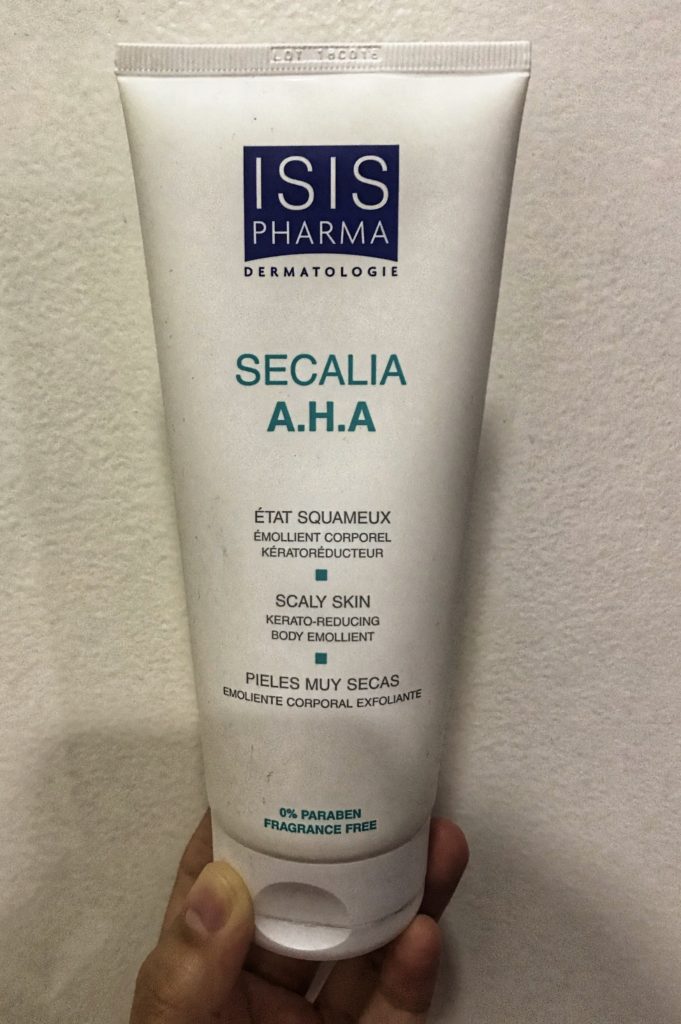
How I Keep My Chicken Skin at Bay
For the not-so-blessed people like me who have to deal with several skin problems, we have to continuously find for ways to combat these predicaments. For me, chicken skin is one of my concerns and I will share in this post how I keep my chicken skin at bay.
When I was a kid, I used to play a lot outside so I used to always have An-An and Buni. Consequently, when I was growing up, I thought the only concern that I would have to face about my skin was it being prone to these fungal infections.
However, in 2017 I started to have these patches of rough-feeling bumps on my arms. I self-medicated by trying all sort of things that I found on the internet like putting on salicylic acid, salt, and coconut oil. None of it worked for me. When I was about to resign myself to having it forever, I began to have it also on my face, though it was a little itchier. That was the only time that I dragged my butt to a Dermatologist, and I found out that I have a Keratosis Pilaris (chicken skin).
Keratosis pilaris is a common skin condition that usually worsens especially when the skin gets very dry. It is also a result of the buildup of the hair protein in the pores and it blocks the opening of growing hair follicles. The exact cause of this buildup is unknown, but doctors think that it may be associated with other skin conditions such as atopic dermatitis and genetic diseases. You may read more about this on the Mayo Clinic’s site.
This condition is not contagious. Though I hate to be the bearer of bad news, Keratosis Pilaris (chicken skin) cannot be treated. My dermatologist said that she also had it near her knees for the longest time but it cleared up on its own as she aged. Since there is no cure for this, she had to prescribe me several medicines to keep my chicken skin at bay.
First things first. These are the Do’s and Don’ts when dealing with Keratosis Pilaris (chicken skin), according to my dermatologist:
DO’S:
1. Use mild soaps or cleanser only, like Cetaphil.
2. Use moisturizer and lotions regularly.
3. Limit your time in the water.
4. When drying out your body after a bath, pat your skin lightly.
5. Apply the lotion/ moisturizer when the skin is still a little damp.
DON’TS
1. Don’t scratch or rub your skin harshly.
2. Don’t take too much time when taking a bath.
Aside from the abovementioned reminders, my doctor also prescribed me the following:
1. Secalia AHA that I use every night, before going to bed. My skin feels greasy and sticky after putting this on, but it dries out after a moment or two. You can buy this from the major drugstores at Php 1,500.00. Expensive, I know, but this can last for more than 6 months.
2. Jergens Lotion that I use every morning. This can be bought also from drugstores and malls’ supermarkets.
3. Desowen Cream that I use for my face and near my chest. This, however, can’t be purchased without a prescription. The drawbacks that I experience for this cream are (1) it has a medicinal scent, and (2) when this is applied above my chest, I get so many pimples near that area.
These three things can clear my Keratosis Pilaris (chicken skin) after three days from date of application, and these also help me to control it. But as mentioned, it does not really go away because it comes back after several days.
Maybe, for now, I would have to live with it a little longer.








2 Comments
Rheo
Thankyou for sharing the info!!
The Bloggeram
No biggie. Thanks for reading! 🙂